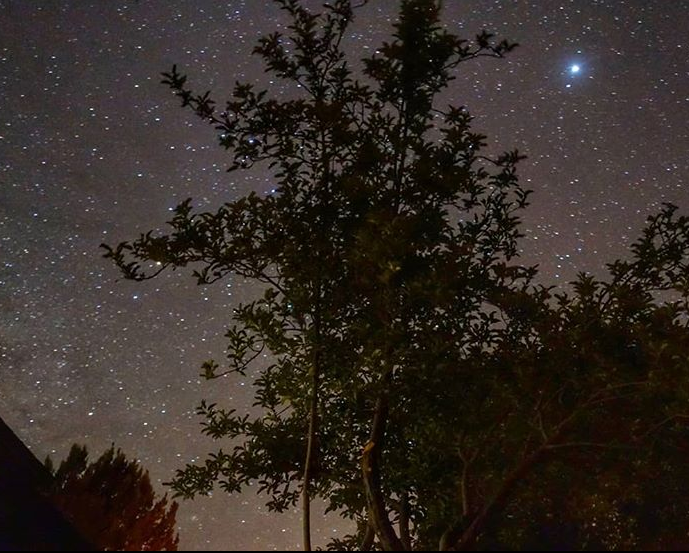




Ceres at Opposition
Dwarf Planet 1 Ceres will be well placed for observation, lying in the constellation Ophiuchus, well above the horizon for much of the night.
Regardless of your location on the Earth, 1 Ceres will reach its highest point in the sky at around midnight local time. (via In-The-Sky.org)

Mars InSight Scheduled to Land
InSight is a robotic lander designed to study the interior of the planet Mars. The mission launched on 5 May 2018 at 11:05 UTC and is expected to land on the surface of Mars at Elysium Planitia on 26 November 2018, where it will deploy a seismometer and burrow a heat probe. It will also perform a radio science experiment to study the internal structure of Mars. (via Wikipedia)

Uranus at Opposition
Uranus at Opposition. The blue-green planet will be at its closest approach to Earth and its face will be fully illuminated by the Sun. It will be brighter than any other time of the year and will be visible all night long. This is the best time to view Uranus. Due to its distance, it will only appear as a tiny blue-green dot in all but the most powerful telescopes. (via SeaSky.com)

Close Approach of Saturn to the Moon
The Moon and Saturn will make a close approach, passing within 1°47' of each other.
From Los Angeles, the pair will become visible at around 18:35 (PDT) as the dusk sky fades, 31° above your southern horizon. They will then sink towards the horizon, setting 4 hours and 12 minutes after the Sun at 22:31.
The Moon will be at mag -11.4, and Saturn at mag 0.3, both in the constellation Sagittarius.
The pair will be too widely separated to fit within the field of view of a telescope, but will be visible to the naked eye or through a pair of binoculars. (via in-the-sky.org)

Neptune at Opposition
Neptune at Opposition. The blue giant planet will be at its closest approach to Earth and its face will be fully illuminated by the Sun. It will be brighter than any other time of the year and will be visible all night long. This is the best time to view and photograph Neptune. Due to its extreme distance from Earth, it will only appear as a tiny blue dot in all but the most powerful telescopes. (via SeaSky.com)
